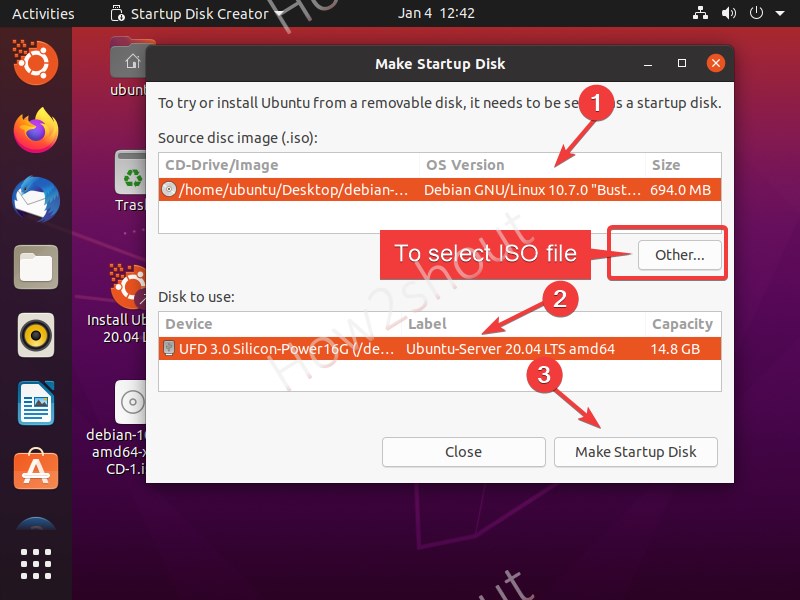
As of V1.5, imageUSB now supports extraction of ISO contents onto USB Drive. A reformat can recover the drive however. So the direct imaging of ISO9660, Joliet or UDF file system, from a CD, to a USB drive, might not allow the USB drive to function in all operating systems.

(*) CD ISO images use a different file systems compared to USB drives. In addition, imageUSB has the ability to reformat even hard to format drives and reclaim any disk space that may be lost previously. Or alternatively to just Zero the MBR and/or GPT entries that exists on the drive. This will replace the contents of the entire drive with 0s. ImageUSB includes functionality to Zero a USB Flash Drive. ImageUSB can perform flawless mass duplications of all UFD images, including bootable UFDs. Unlike other USB duplication tools, ImageUSB can preserve all unused and slack space during the cloning process, including the Master Boot Record (MBR). ImageUSB can also be used to install OSFClone to a USB Drive for use with PassMark OSForensics™. ImageUSB also supports writing of an ISO file byte by byte directly to an USB drive (*). Capable of creating exact bit-level copies of USB Flash Drive (UFDs), ImageUSB is an extremely effective tool for the mass duplication of UFDs. Click the "Device" box in Rufus and ensure your connected drive is selected.ImageUSB is a free utility which lets you write an image concurrently to multiple USB Flash Drives. The contents of this drive will be erased, so back up any important files on the drive first. The tool will open immediately-you don't even have to install it.Ĭonnect a USB drive with at least 2GB of free space to your Windows PC (this may vary depending on your distribution of choice). There are many tools that can do this job for you, but we recommend a free program called Rufus-it's faster and more reliable than many of the other tools you'll see recommended, including UNetbootin.ĭownload Rufus and run it on your Windows PC. How to Create a Bootable USB Drive on Windows For installing Linux to your PC, this is fine-but if you want a live USB that keeps your changes so you can use it regularly on different computers, you'll want to check out these instructions instead.


When you run it, none of your chances (like installed programs or created files) will be saved for the next time you run it. NOTE: This process creates a traditional live USB drive. Related: How to Create a Live Ubuntu USB Drive With Persistent Storage Below, we'll show you how to turn this ISO into a bootable flash drive on both Windows or an existing Linux system.


 0 kommentar(er)
0 kommentar(er)
